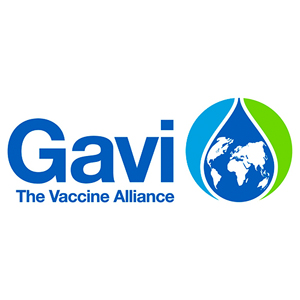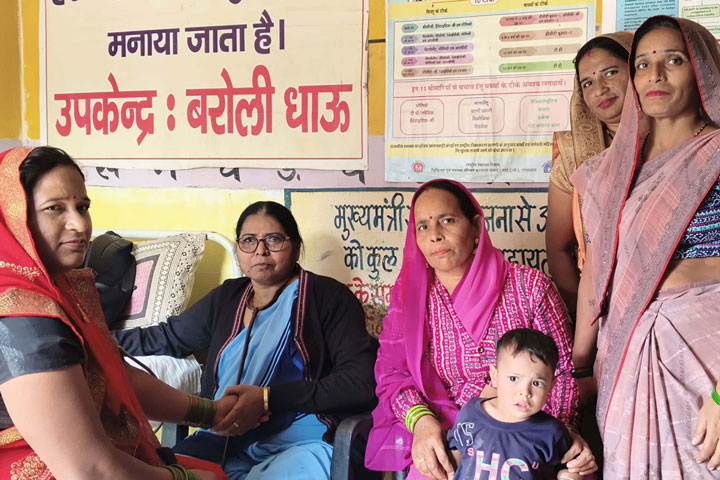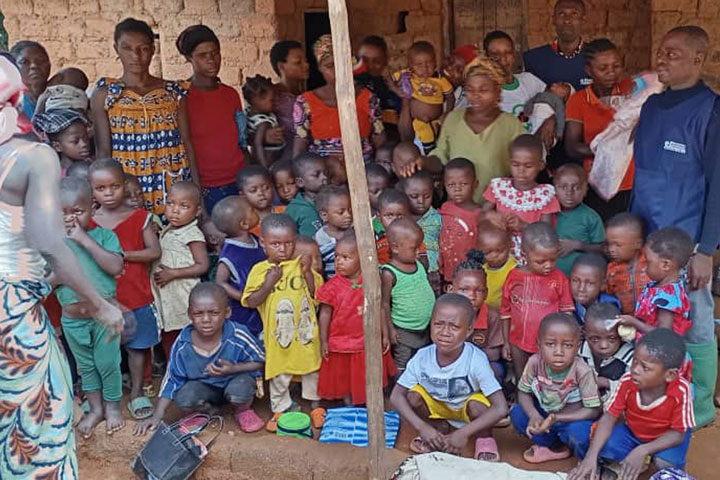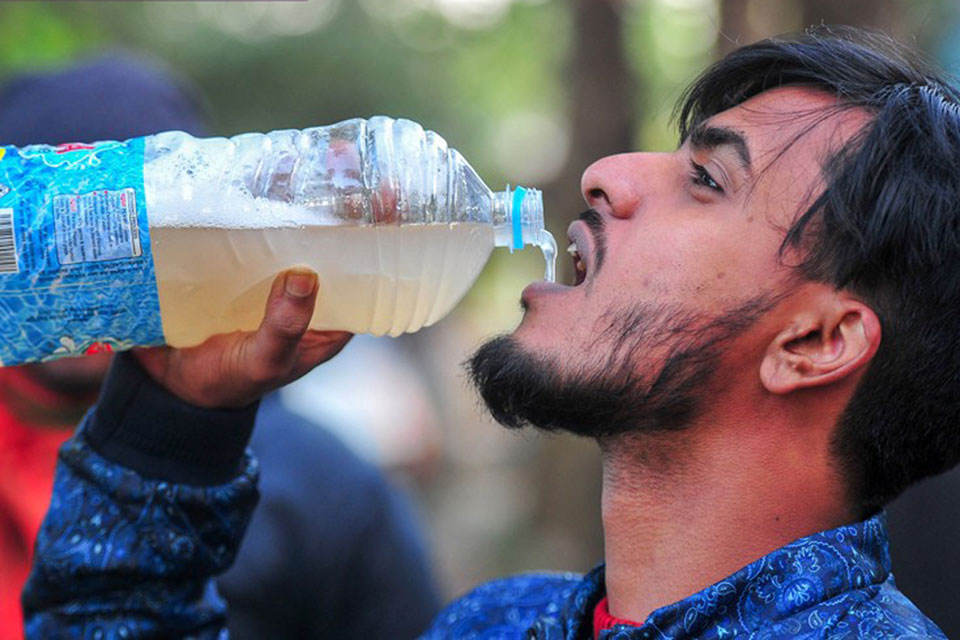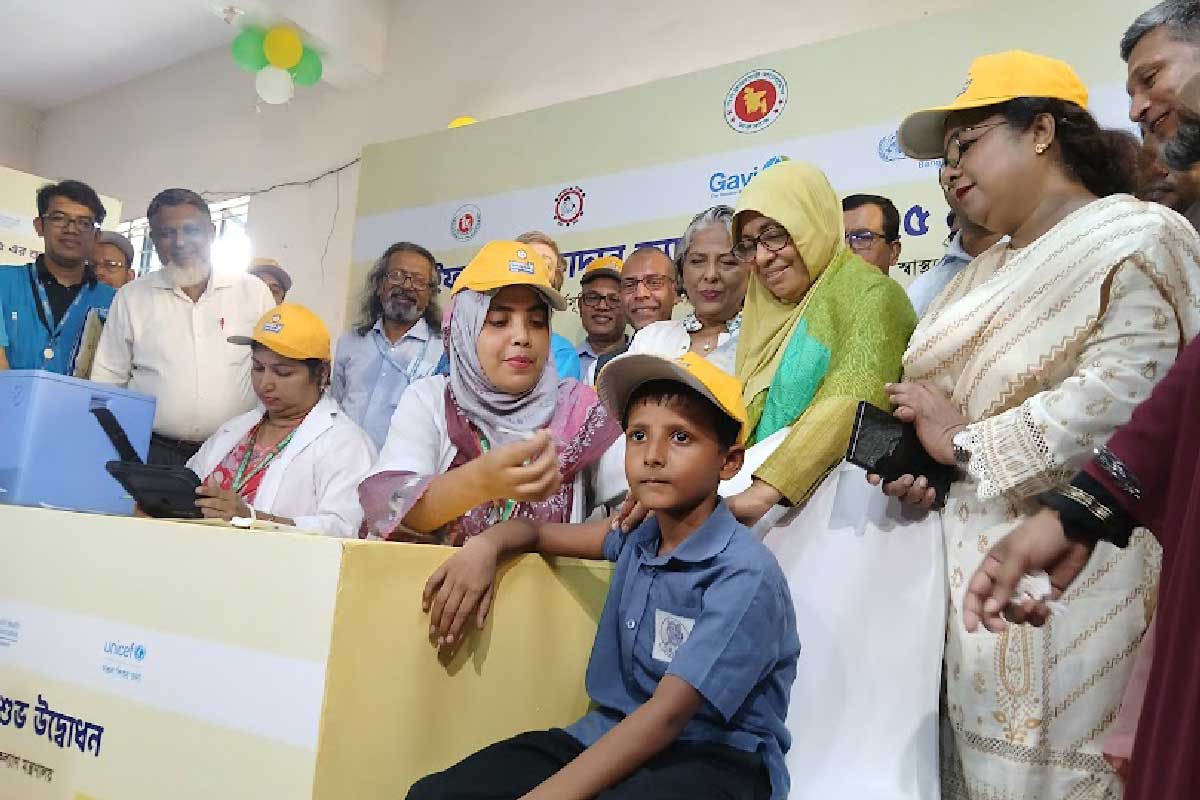Leilia Dore, World Health Organisation
In Bangladesh, routine immunisation reaches over 82 % of children with the vaccines they need to protect them against diseases like polio, measles, tetanus and many others.
Bangladesh is a country with more miles of rivers than of roads, of hot summers and the threat of natural disasters. These images explore how the people at the heart of the cold chain make an incredible difference to the health of children by getting the vaccines to them in the right condition.

© Gavi/ GMB Akash
In the journey from warehouse to babies like Tahamina and her mother Renu, a complex chain of fridges and cold boxes is needed to keep the delicate vaccines at the right temperature.
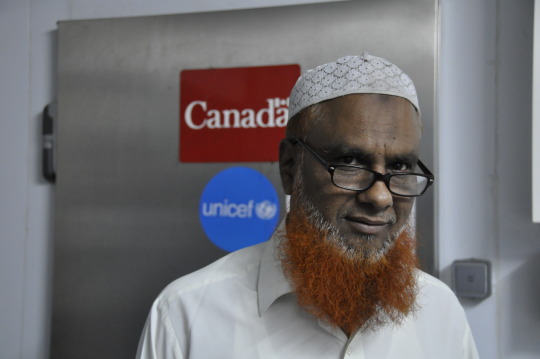
© WHO
Mr Golam Mostofa works in Bangladesh’s central vaccine store. “The job we do here is very important. It is difficult to ensure that vaccines are packed and transported correctly.”
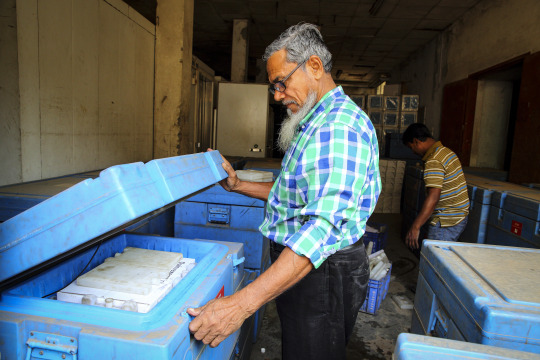
© Gavi/ GMB Akash
Mr Abdul Khaleq packs vaccines ready for their distribution from head quarters to district stores. The vaccines must be securely packaged at the right temperature to ensure they are not affected along the way.
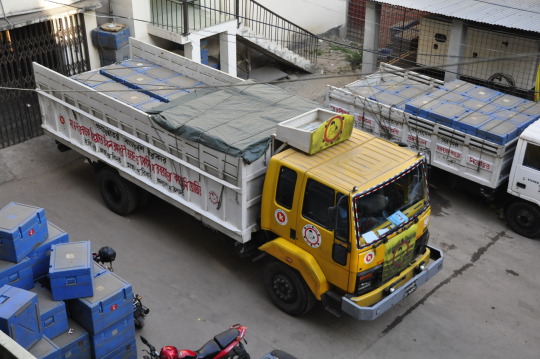
© WHO
The cold boxes are loaded onto trucks ready for distribution from the central store to district stores, and then on to ward distribution points.
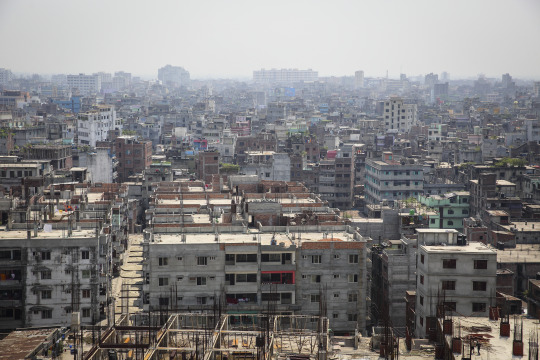
© Gavi/ GMB Akash
Urban areas are the biggest challenge to reaching every child with vaccines in Bangladesh. Slums, poor health and weak infrastructure make a strong cold chain all the more important in cities like Dhaka.
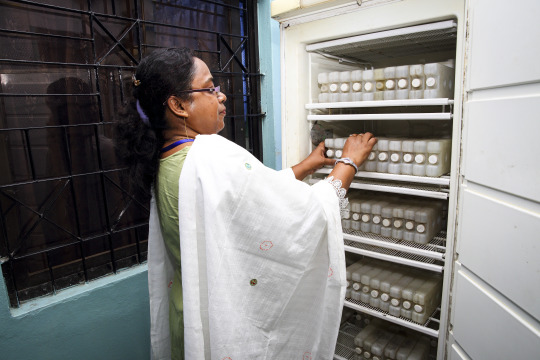
© Gavi/ GMB Akash
At Foridabad vaccine distribution point in Dhaka, Dr Afroza Laila prepares to distribute vaccines for a monthly EPI clinic in Bank Colony slum. Ice blocks keep vaccines at the right temperature for the next stage of their journey.
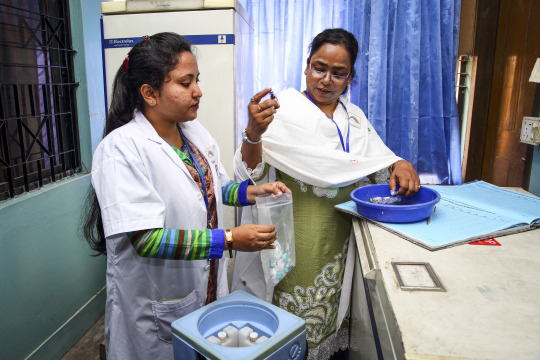
© Gavi/ GMB Akash
Afroza Laila and Dr Luna Unnekamrun work from a detailed plan for the area, counting out the necessary vials and storing them in a cold box that can be easily carried to the clinic.
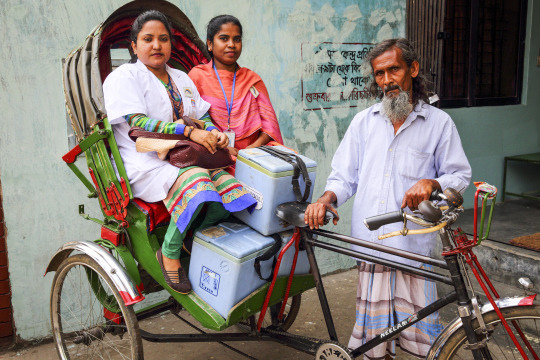
© Gavi/ GMB Akash
From the distribution centre, Luna takes three cold boxes by rickshaw along the narrow, muddy lanes of Bank Colony slum to the satellite clinic that runs twice a month.
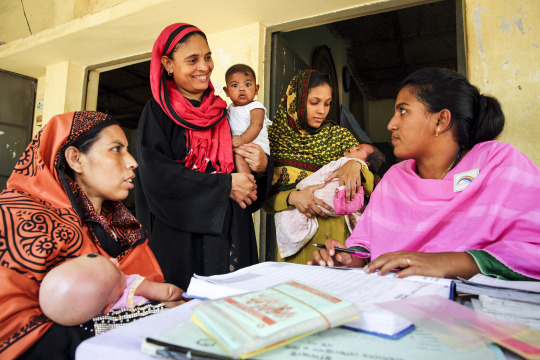
© Gavi/ GMB Akash
As the cold boxes arrive and are unpacked, mothers see the distinctive yellow banners and bring their children to the clinic. Thanks to door-to-door visits from health workers, these babies and the vaccines they need are planned for in advance.
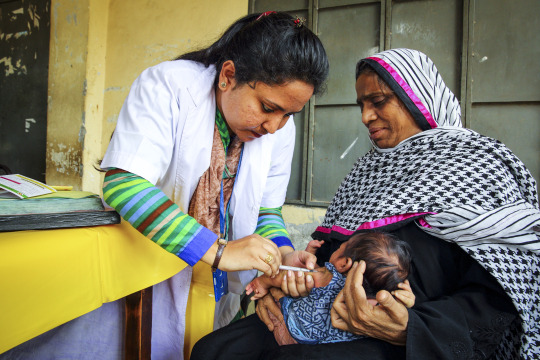
© Gavi/ GMB Akash
Having arrived with the safely transported vaccines, Luna gets to work giving 16 day old Al Hadi her first ever vaccine against tuberculosis, while she is held by her grandmother Rahela.

© Gavi/ GMB Akash
As a result of the care taken at every stage of this long journey, mothers across Bangladesh know that their babies now stand the best chance to grow up happy and healthy.
